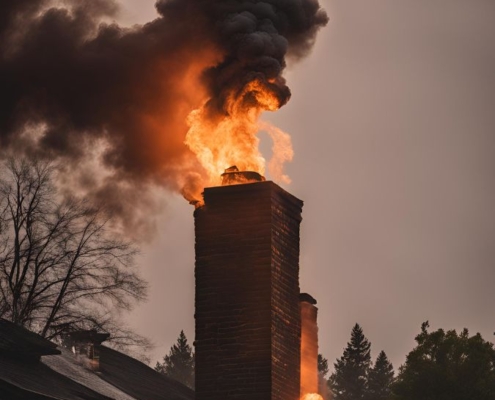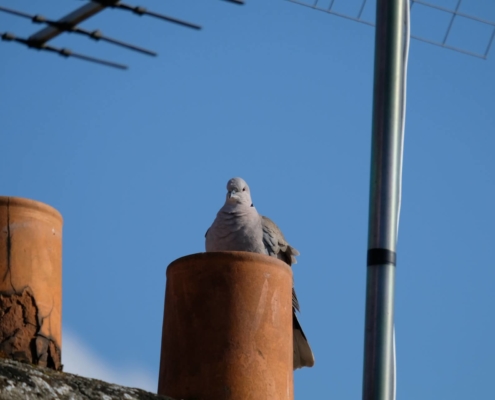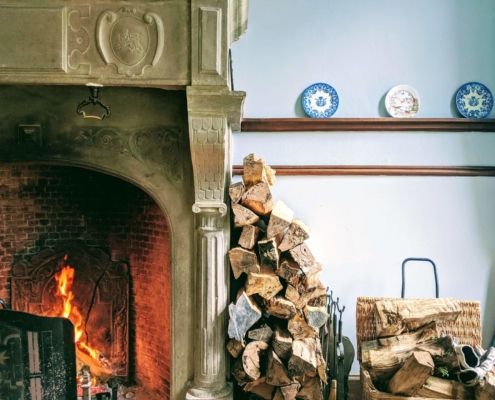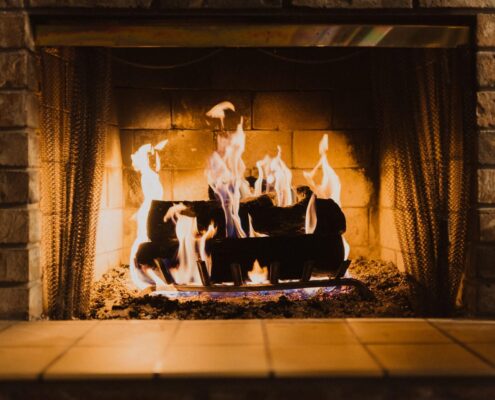Tag Archive for: chimney cleaning

Signs of a Chimney Fire: How to Recognize and Respond
/
0 Comments
You might not think about it daily, but your chimney's safety…

5 Signs a Critter Has Taken Up Residence in Your Chimney
Wildlife may be welcome in your garden but not in your home. A chimney is no place for critters. Learn five signs an animal is in your chimney & what to do!

5 Tips for Preserving the Life of Your Fireplace & Chimney
Maintaining your fireplace increases heating efficiency. Here are five tips for preserving your fireplace and chimney. Read our blog to learn more!

6 Reasons to Avoid Chimney Cleaning Logs & DIY Fireplace Care
When money’s tight, homeowners look for savings, and cooling…

